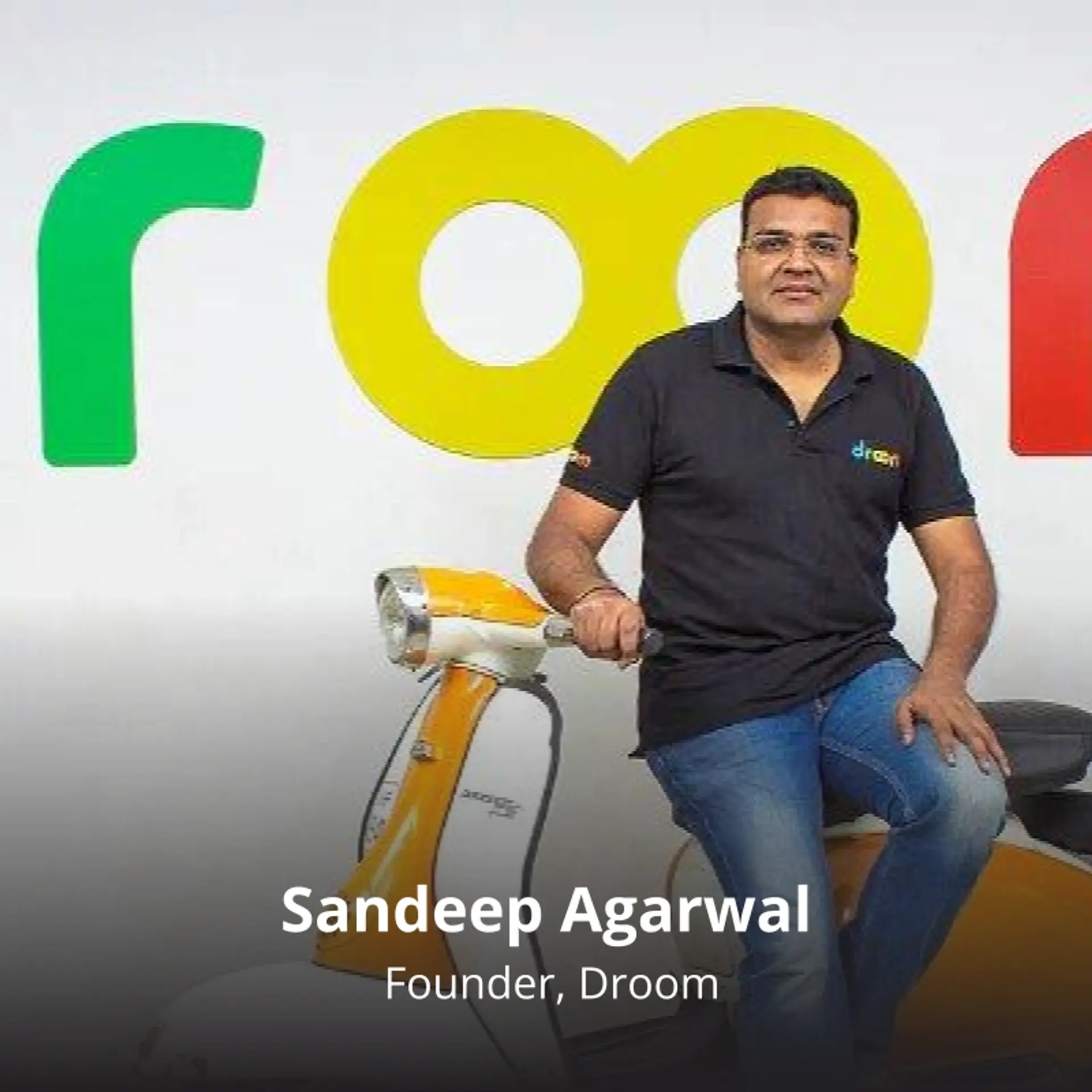More women should realise their potential to start their own ventures, says IBM’s Shalini Kapoor

If the naysayers had their way, Shalini Kapoor would never have become an engineer. Growing up at a time where women were told that they were more ‘naturally suited to being doctors’, Shalini, who is Director Watson IoT (Internet of Things) and Education at IBM India, says her love for maths and science drove her to appear for the engineering entrance exam, which she passed with flying colours. Despite not knowing much about computer science, her love for challenges made her determined to pursue the subject.
What finally tilted the balance in her favour was a professor telling her father that students of Computer Science (which she had opted for) sat in air-conditioned rooms, and not on the shop floor. However, it would be another engineering year before she saw her first computer.
Today, she leads support and services teams that are driving the architecture of new IoT solutions for ecosystem partners including IBM's Global System Integrators, and the development of new IoT Solutions and apps.
In a career that spans over 17 years at IBM, Shalini, who also holds a Masters in Information Management from S.P. Jain Institute of Management & Research, has worked in multiple capacities. Starting as a pre-sales architect, she was tasked with designing software solutions for customers.
“I was based out of Mumbai where I worked with multiple clients in the banking industry. It was a great exposure as the city is the banking hub. I then moved to Chennai as my husband was transferred. Through IBM, I started working with Global System Integrators like TCS, Wipro, Infosys and Cognizant. That’s when I realised the critical role architects play along with systems integrators in recommending technical solutions to global clients,” says Shalini.
She tirelessly worked to set up a new mission of Global System Integrators, and within five to six years, they became key influencers for deals across all industry sectors. Along the way, she became a mother to two boys, and optimized her maternity breaks to prepare for IBM certifications to become the first woman Senior Certified Architect in IBM India.
Evolving with the times
After 10 years at IBM, Shalini moved to a completely new area – research. “IBM Research was a completely different experience. Here, we were not just conceptualising, it was the stage that preceded that, when we were seeding thoughts on what technology will be needed by various products and services in the future. It was a very exciting journey for me. After completing two years in research where I focused on anticipating the needs and future initiatives for emerging markets, I started my initial work on IoT.”
She later moved to the India Software Labs team where she could implement those ideas.
“I was one of the first few people in this space, and had studied customer requirements. So I could help define what products they would need,” she says.
It was also a time when she started working with several device and ecosystem partners and the end solutions started taking some shape.
Rewriting the recipe for success
One of the key innovations Shalini has conceptualised and implemented is the concept of IoT recipes.
“IoT involves connecting many devices and there are so many heterogeneous protocols, firmware and applications on one device itself, and you are expected to connect to all of them. We were creating an IoT platform and the challenge was understanding how to harmonise the entire market and ensure that we connect different components to each other. I founded the concept of IoT recipes (a developer-friendly mechanism of integrating devices, gateways, applications, and platforms to Watson IoT platform on IBM Bluemix) and made it Open Source, so that any developer across the world interested in connecting the device could download it from GitHub (a web-based hosting service for version control mostly used for computer code) and use it.”
The momentum has grown and IBM developerWorks now host close to 800+ recipes.
“We also provided client libraries which made the whole path easy for a developer. There has been a lot of interest from within the ecosystem. Today, when clients say they have a set of devices, and ask how easy it would be to connect them, we tell them it takes less than two to three days and that they can even do it themselves,” she says.

Smarter education for a truly digital India
One of the areas where Shalini would like to see growth is in education, and Watson Education is focussed in providing game changing solutions for education stakeholders. “We are using Watson technologies to transform the way educators engage with students by making it more personalised and providing insights which makes students succeed.’’
For instance, students at MIT Pune have been using Watson APIs powered by IBM BlueMix to solve a variety of real-world problems. A grant from IBM led to the purchase of Chintu, a cognitive assistant that will draw from Watson’s domain knowledge and assist senior citizens in their everyday activities like reading a newspaper, remind them about their medication and provide entertainment services.
Her Watson Education team is building offerings around learning standards and learning progressions to provide specific, real time information on individual student achievement and gaps.
The evolving demographics of technology
She says that there are more women in technology today than when she first joined: “It’s a funnel effect as there are definitely more women graduating out of college. In my time, we were only 25 women in a batch of 150, which is not a bad number. However, things are different today as it’s nearly 50-50. Once women enter the workforce, organisations need to support their growth at various stages including marriage, maternity, and even school exams. IBM offers so much flexibility and openness that these needs of women are weaved into the fabric of our work styles. It’s not just about the perks you give, but the culture you create within teams where such kind of leaves are considered normal and there is acceptability by men and women alike. The biases run deep in our Indian society, but you have to repeatedly do gender sensitisation to reinforce a conducive culture.”
As a member of the Chamber of Indian Industry’s (CII) IoT core working group, Shalini works with industry leaders on designing India’s IoT policies. She says she has seen that while there are several women who are influencing decisions at CII, the numbers are fewer compared to the men.
The trillion-dollar journey with IoT and IBM
With our economy growing rapidly, there is a greater need than ever for connectivity for us to grow into a trillion-dollar digital economy. “With cities getting smarter, the demands on the infrastructure are increasing and technology is key to keep up the pace. That’s where IoT comes in, and the potential is huge. For IBM, this is a huge opportunity. The India market is growing well for us and cognitive technologies are going to percolate across the board,” she says.
As an advisor to NASSCOM’s IoT startup hub where she advises and mentors several startups, she wishes she would see more women starting their own ventures as the economy opens up. “We see a lot of people coming in to pitch to us, and I don’t see a lot of women there. I don’t think it’s about taking risks, but about women not realising their potential.”
Striking a balance
Shalini also works with underprivileged school children and has founded an NGO, Ankurit Foundation. In 2014, they organised Escape Velocity, a first-of-its-kind fair for schoolchildren where over 3,000 children got to try technologies hands-on. The effort was supported and funded by companies such as IBM, Dell, Microsoft Research, Xerox Research, TATA Steel and Cisco. “This is the best time to spark that interest in technology in children. You stimulate that curiosity and let them see first-hand how things happen,” she says.
She spends all her free time with her boys aged 16 and 12, doing yoga and recently started learning Kathak which she always wanted to learn as a child. She even writes skits for children for their annual community events…and all this when she is not helping build the future, one connected device at a time.








